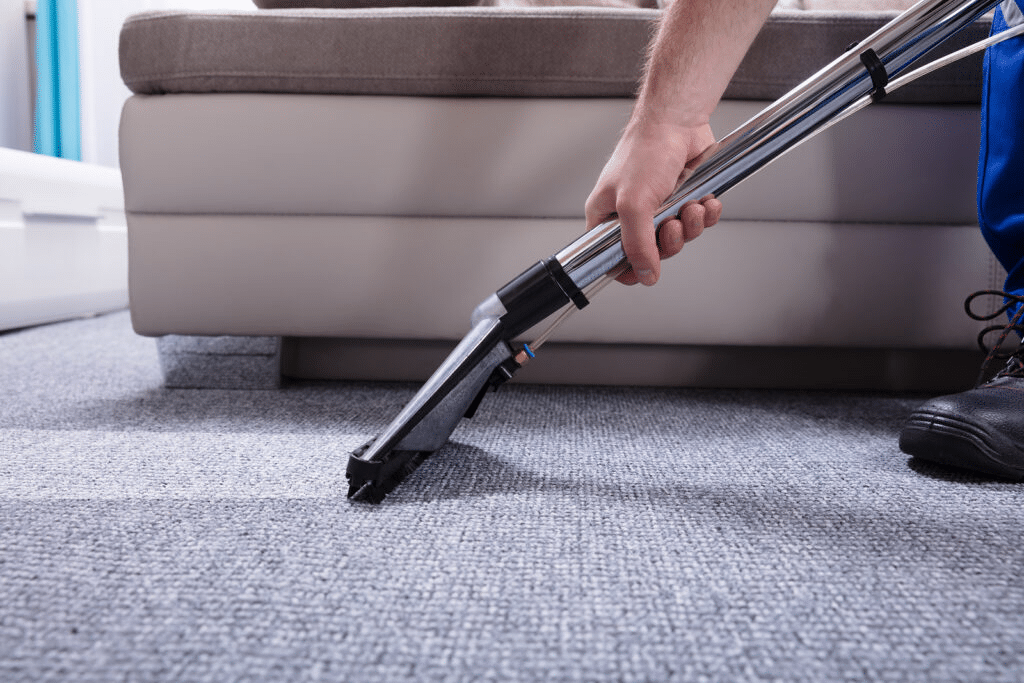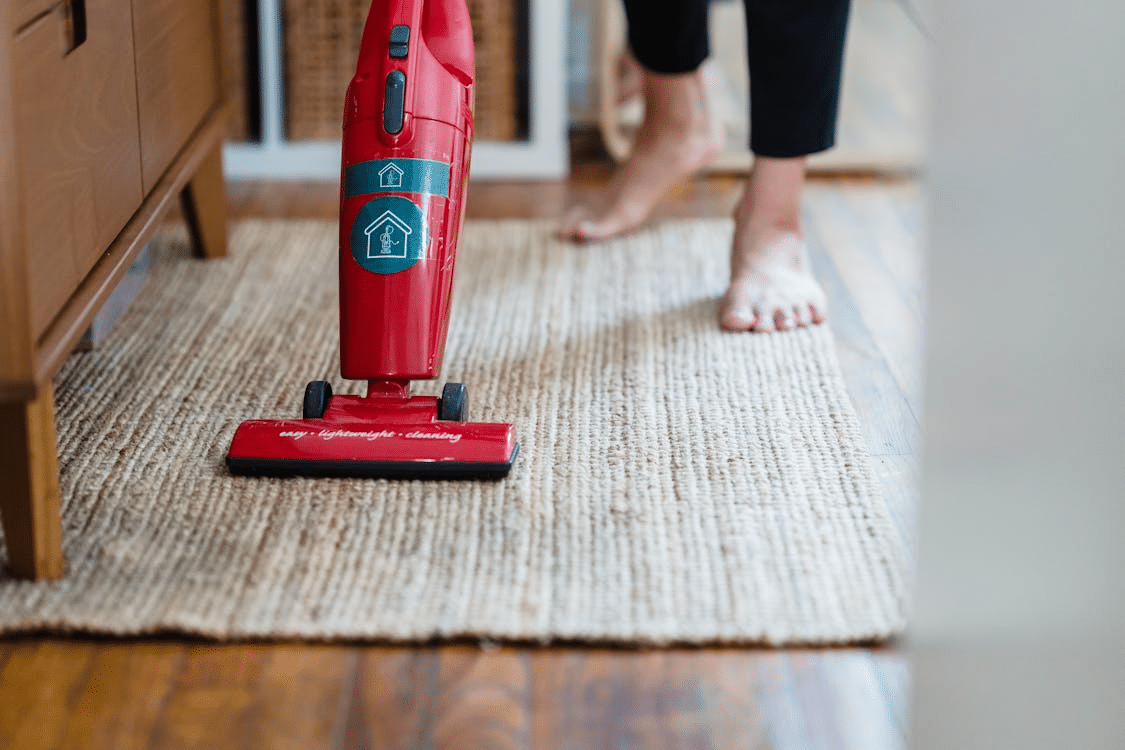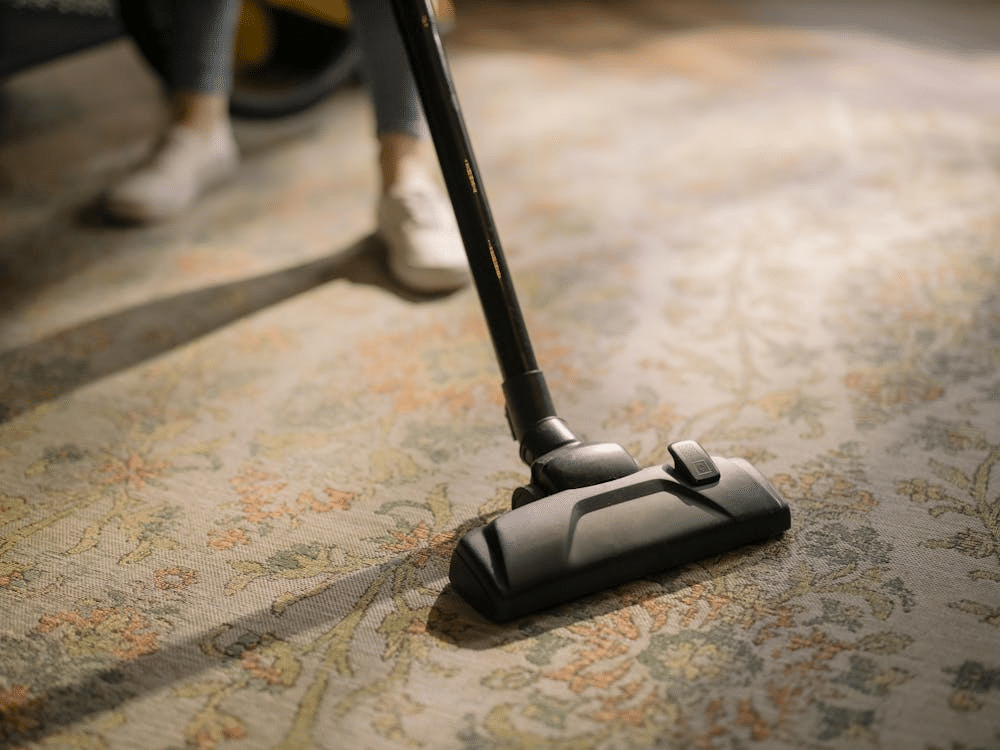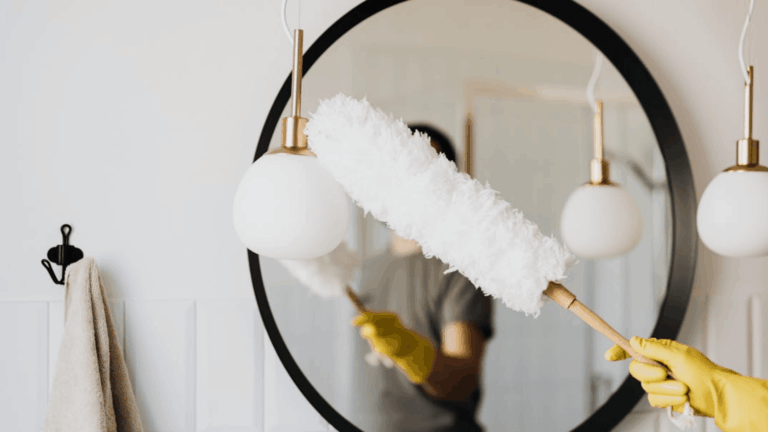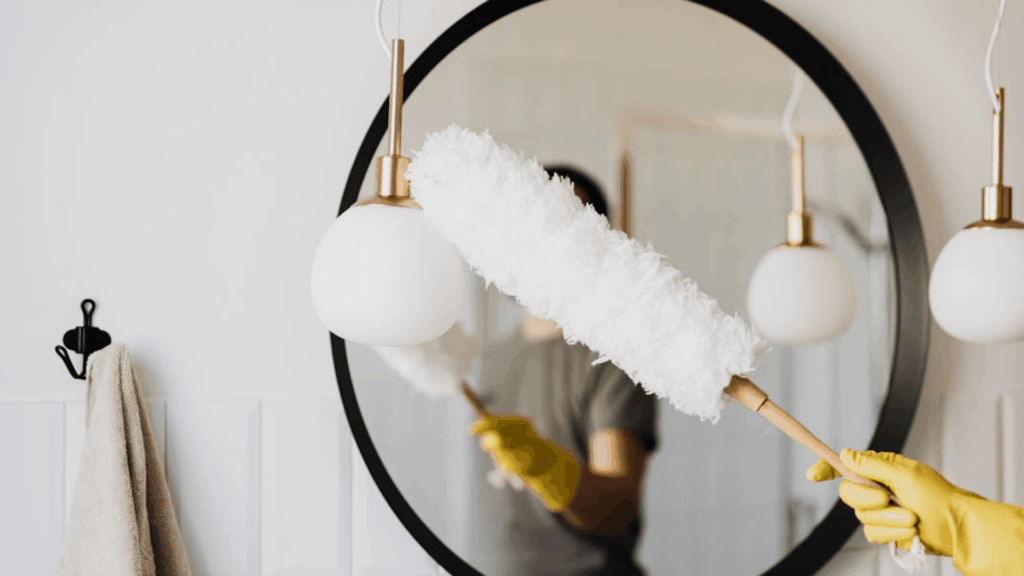It’s hard to stay on top of housework when your days are filled with meals, school runs, and everything in between. And when it comes to rug cleaning, it’s easy to let it slip down the priority list. But if you’ve wondered how often you should clean your carpet or rugs, the short answer is: probably more than you think—but it doesn’t have to be complicated or time-consuming.
Why Clean Rugs Matter for Your Family’s Health
Rugs trap dust, allergens, pet dander, and bacteria. When left too long without cleaning, those particles can get stirred up into the air every time someone walks across them. This is especially important if anyone in your household has allergies or respiratory sensitivities. Clean rugs help reduce airborne irritants and contribute to better indoor air quality, which directly affects your family’s well-being.
What Affects The Timing of Rug Cleaning
There’s no one rule for how often to wash rugs. It depends on several factors, which include foot traffic, lifestyle, and the type of rug you own.
1. High Foot Traffic
If you’ve got kids running through the living room or a busy hallway near the front door, those rugs are going to show wear faster. High-traffic areas often require vacuuming two to three times per week and could benefit from a deep clean once a month. A living room in an open-plan home, for example, tends to collect crumbs, dirt, and the occasional juice spill quickly.
2. Kids and Pets
Kids and pets bring in dirt, spills, and odors. If this sounds like your household, aim for a more frequent schedule. Weekly vacuuming is a must, with a deeper clean (like shampooing) every three months. You might also benefit from spot cleaning problem areas more regularly to create a more kid-friendly home.
3. Allergies and Sensitivities
If anyone in the family struggles with asthma or allergies, regular rug cleaning becomes even more essential. Use a vacuum with a HEPA filter weekly, and aim for a professional deep clean annually. For these homes, consistent rug care supports cleaner indoor air and fewer flare-ups.
4. Rug Material
Not all rugs are made equal. Synthetic rugs are typically durable and stain-resistant, which makes them easier to maintain. Wool rugs resist dirt well but may need cooler water during cleaning. Rugs made from silk or natural fibers like jute, on the other hand, should be handled more carefully and often require professional rug cleaning to avoid damage.
Tips for Keeping Rug Cleaning Simple
Keeping rugs clean in a busy home doesn’t have to be complicated. Here’s a practical guide to make the process easier and more manageable:
| Tip | What It Helps With | How to Do It |
|---|---|---|
| Use entrance mats | Cuts down on tracked-in dirt | Place mats both outside and inside every entrance, and shake them out weekly |
| Vacuum regularly | Prevents buildup of dust and dander | Vacuum high-traffic rugs 2–3 times a week, others weekly |
| Blot spills right away | Minimizes stains and odors | Use a clean towel to blot (not scrub), then apply a safe spot cleaner |
| Rotate your rugs | Prevents uneven wear and fading | Turn rugs 180 degrees every 6 months |
| Choose machine-washable rugs | Saves time on deep cleaning | Many busy households now prefer washable rugs, which can be tossed into the machine and dried with minimal effort |
| Keep pets groomed | Reduces hair and dander on rugs | Brush pets regularly and bathe as needed |
| Enforce a “no shoes indoors” policy | Limits dirt and bacteria on floors | Place shoe racks near entryways and provide indoor slippers |
| Use baking soda for odors | Neutralizes smells between cleanings | Sprinkle baking soda, let sit for 30 minutes, and vacuum thoroughly |
When to Call in the Professionals
If you’re dealing with delicate fabrics, stubborn stains, or rugs that haven’t been cleaned in a year or more, it’s worth calling in the pros. This is especially true for vintage or handmade pieces that can be damaged by the wrong cleaning methods. Services that specialize in family-friendly rug care are equipped to handle everything from silk Persian rugs to pet-related odors.
Professional cleaning can also be a requirement to keep your rug’s warranty valid, and it gives you a fresh starting point if things have fallen behind.
How Often to Replace Area Rugs
While a quality rug can last several years, high-traffic pieces may need replacing more frequently (every 3 to 5 years), especially in homes with pets or small children. In these cases, replacement can be the most efficient path to a cleaner and healthier space.
A Realistic Cleaning Schedule for Busy Homes
Breaking down rug care into small, manageable actions can make all the difference when time is limited.
- Daily: Spot clean any spills or crumbs right after they happen, especially in eating areas.
- Weekly: Vacuum all rugs. Focus more often on playrooms, hallways, and living areas.
- Monthly: Deep clean kitchen or entryway rugs. Use a rug cleaner or machine-wash when applicable.
- Quarterly: Shampoo or steam clean rugs in family rooms or bedrooms. This is especially helpful in homes with children or pets.
- Annually: Schedule a professional rug cleaning for your larger or more delicate rugs. This helps remove embedded dirt and allergens that regular vacuuming can’t reach.
If you’re using washable area rugs in high-traffic zones like kitchens or mudrooms, laundering them monthly (or even more often) is a simple solution. One reason washable rugs have become a go-to choice for busy households is that they combine convenience with practicality.
Final Thoughts
Keeping rugs clean doesn’t have to be a major ordeal. When you break it into regular tasks, and adjust based on your home’s needs, it becomes more manageable. Whether you’re vacuuming every few days or opting for a yearly professional clean, the goal is consistency. A little attention here and there makes a big difference in how your home feels and functions. For more ideas on how to simplify your home life, check out our favorite household upgrades.


